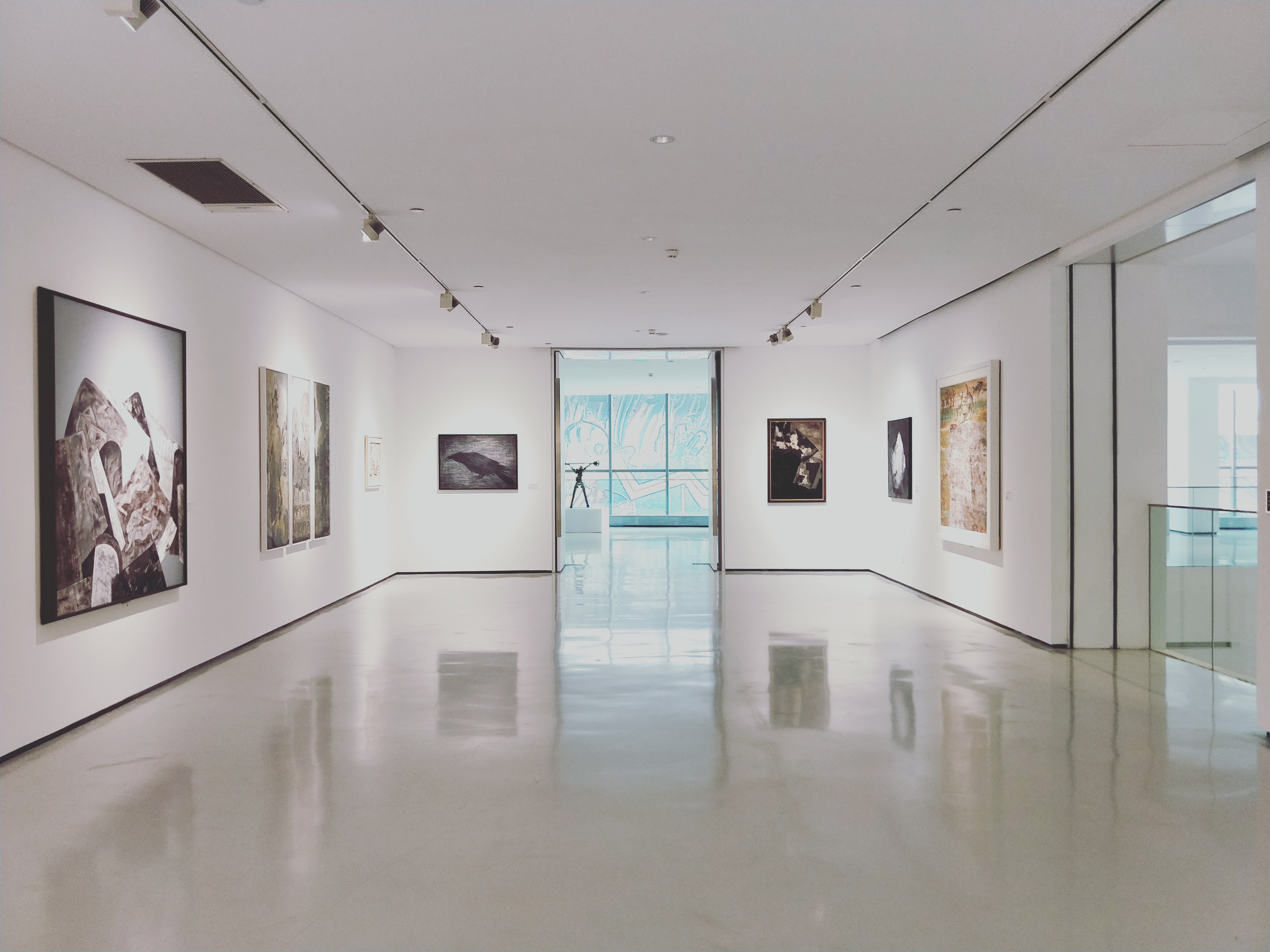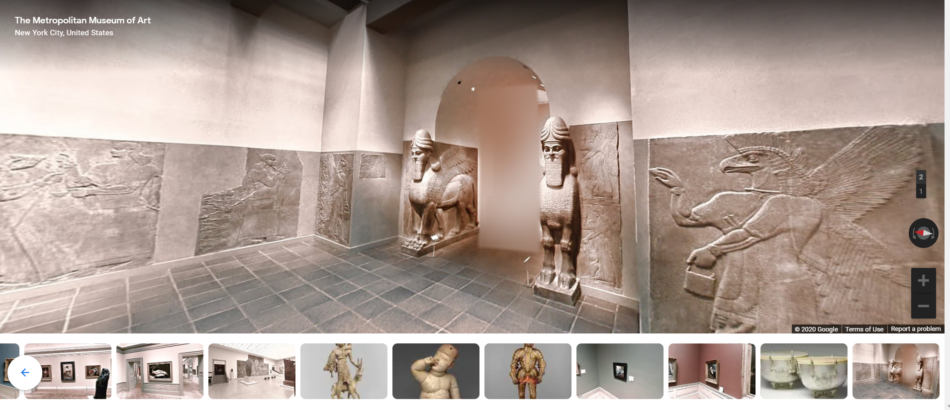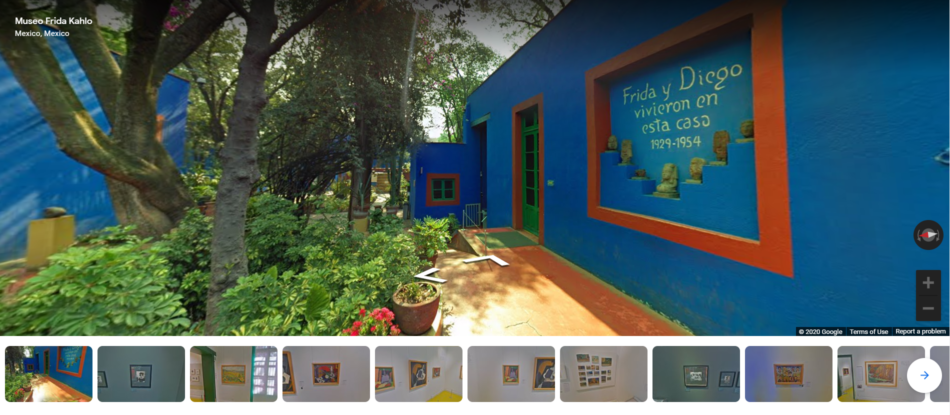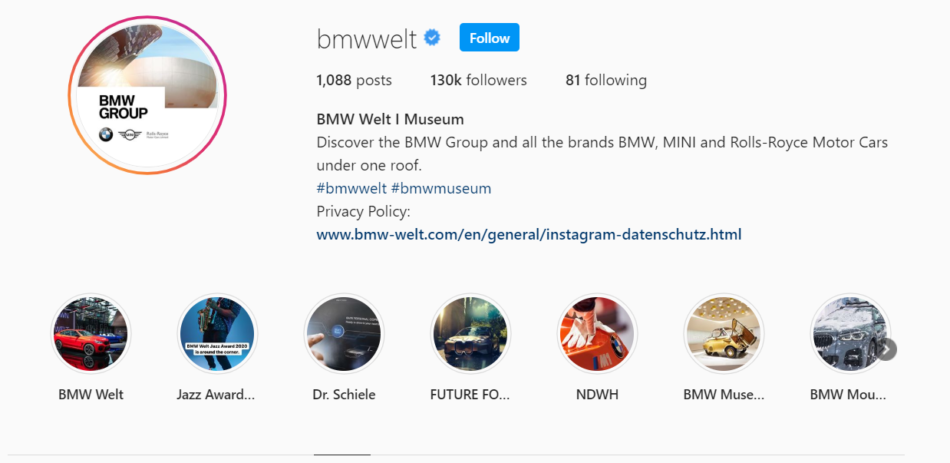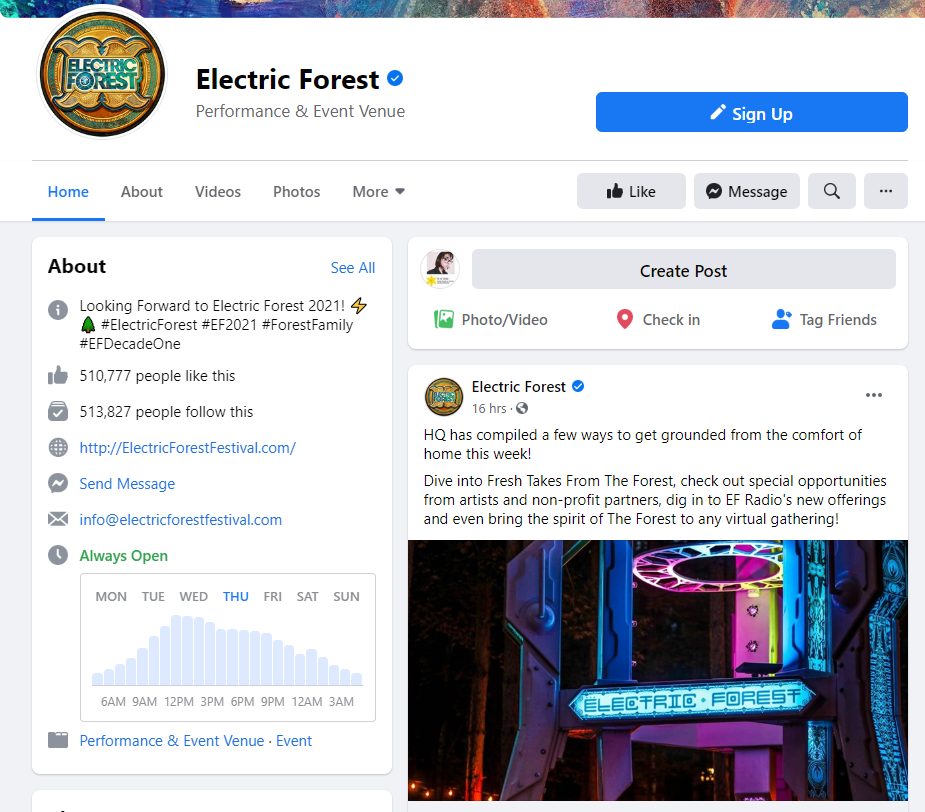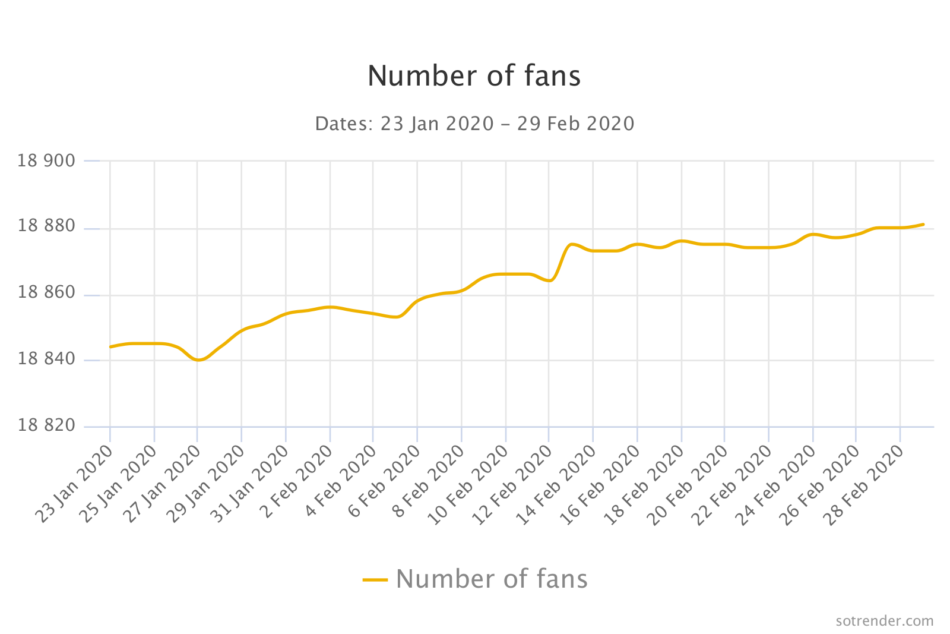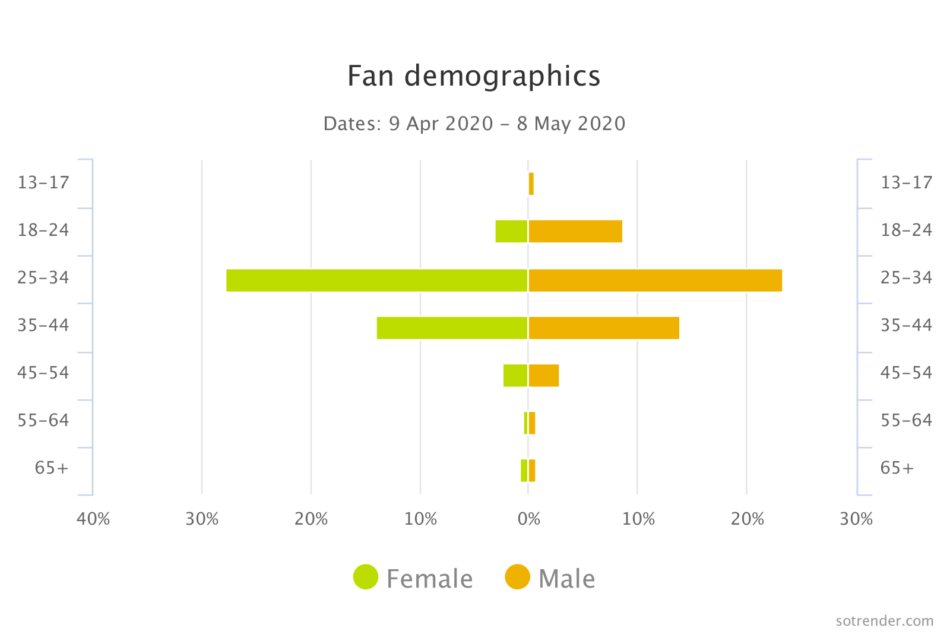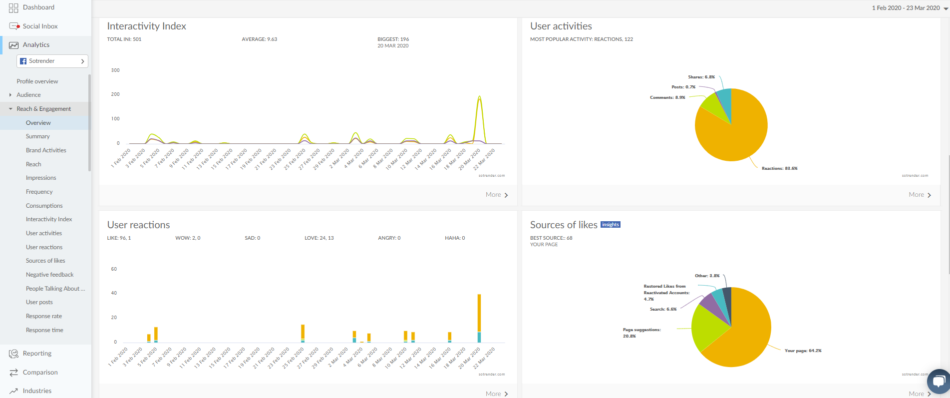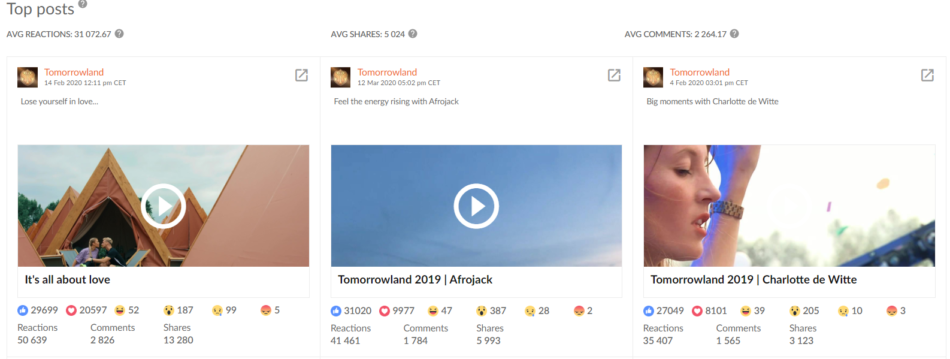Right now, we live in an age where just about anyone with an internet connection can experience culture. Museums, concert venues, theatres, and galleries have regular visitors, but they’re not the only forms of culture. In the digital age, artists commission their art online, while music producers and content creators set up Patreon accounts so that their patrons can have regular access to their content.
Museums, concert venues, and theatres are suffering from a lack of visitors due to the pandemic. So how exactly are the others managing to stay afloat?
The difference between these two groups is that the latter understands the importance of using social media to establish a loyal fanbase that is invested in them. Staying relevant on social media is a key component of a business strategy, which includes gathering hype, staying relevant, and encouraging your patrons to support your work. This is especially true now.
By the way, we have a special discount prepared for cultural institutions. Keep reading to find out more.
Accessibility of Cultural Institutions and Events
Most people are actually emotionally invested in different aspects of culture. Whether it’s music, video games, performance art, or visual art. So why aren’t even more people visiting some venues?
Actually, one of the biggest obstacles standing in the way of getting more people to attend is whether these institutions are accessible to everyone. Some of these obstacles are:
- The location – some events require flying out, which is currently impossible with many borders being closed, visa restrictions, and price.
- Movement accessibility – some people with disabilities or people who use wheelchairs might struggle to move around in the space. Designated parking spaces might be unavailable.
- Pricing – this one is pretty obvious, but consider how much a day pass can cost, as well as how much those with a low socioeconomic status.
So how can cultural institutions make participating easier? They could go online, obviously!
You might think that going digital is especially difficult, or that converting your event to a virtual event isn’t worth the effort. You can learn about planning virtual events as a beginner right here if you’re interested.
For example, the New York Public Library is encouraging users to access their resources using the app SimplyE. They understand that libraries provide value for everyone, so app users can create a library card, borrow, and download resources permanently. There’s currently a limit on how many ebooks you can check out, due to the rising popularity of the app.
Creating an app that helps you stay relevant and accessible to your patrons can be a huge help. Just think it over, and decide if there’s an app that your audience could benefit from.
Think like a marketer
We’re told that we should learn how to market ourselves in our CVs if we want to stand out. The same thing applies to your online presence. Even if you aren’t a brand, you should do what you can to improve your visibility like a brand. We’ll take some of the best practices that brands follow on social media and show you how you can apply it yourself.
Since people are spending most of their time online now or on social media, they’re more likely to actually search for you on their social media profiles. Or they might want entertainment. Either way, you should be there.
Before you begin planning your content strategy too far into the future, think about what your audience needs to know about you. On platforms like Facebook, you should consider adding:
- your location
- the ticket price, including potential discounts
- hours when you’re responsive or open
- TripAdvisor for visitors to check reviews
You and your team of social media managers or marketers should also make some internal notes, such as:
- What is the point of your strategy? Decide on the goals for your profiles. Are you trying to create awareness? Get more admissions? Educate people?
- Learn about your target audience. Who they are and what you do should influence the content you post.
- Internal communication: write social media guidelines about your tone, how you should respond online, and consider creating a content calendar
Once you’ve figured these out, your social media should rake in some results. Now let’s see how some of the most popular institutions and artists are using social media and what you can learn from them.
Museums & Galleries
Have you heard of Google’s Art and Culture platform? It’s a non-profit initiative where museums and galleries can basically upload their collections. Just like Google Maps, you’ll be able to “walk” through different areas of the museum. Up until now, they’ve partnered with over 2,000 museums and archives that you can now visit through cyberspace. Here are just a few of the best-known ones on the platform:
The Metropolitan, New York City
The fourth most visited museum, with the second-largest social media following.
Museo Frida Kahlo, Mexico City
Take a tour of Frida Kahlo’s house and see where she and Diego Rivera spent their time creating priceless paintings.
If you want an up-close experience with the artwork, you can view the collection in high-resolution. Google allows you to explore movements, collections, mediums, and historical figures, not just street views.
Examples of museums and galleries on social media
The POLIN Museum of History of Polish Jews is doing what they can to provide access to their visitors online. Rightfully, they’re using the hashtag #PolinMuseumOnline so that they can track what their fans are saying and take part in those conversations.
Some museums seem a little unorthodox. You might not know this, but BMW has its own museum. They currently have 130k followers, use relevant Instagram hashtags, and they know how to write the perfect Instagram bio. Basically, they know what their audience is interested in and how to attract the right people to their profile.
They’re making the most out of their Stories by uploading virtual tours that their followers can watch. Although you can only see a glimpse of it in their Highlights, you might see more if you consistently follow their page.
Something that tends to be overlooked is the pinned post feature on Twitter and Facebook. It’s a simple way of helping your fans find the information they’re looking for quickly. After the pandemic, you can use it to announce special events, talks, gallery openings, and other important content. A good example would be the way the Guggenheim Museum’s profile used it.
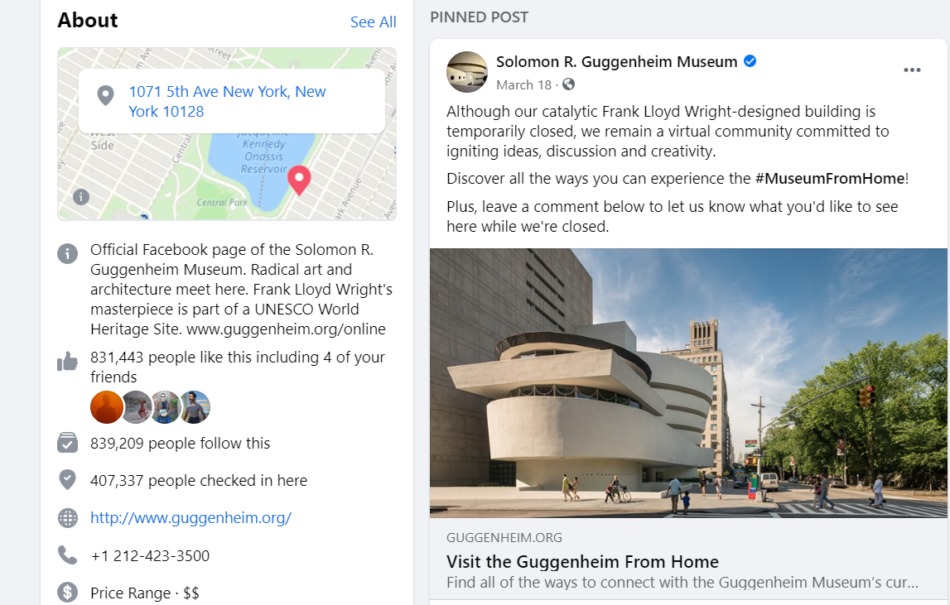 Now let’s see how the British Museum is using social media to tell their story. Instagram is a great medium for storytelling, so it makes perfect sense that this is one of the platforms where they’re most active. What makes their posts good isn’t just that the captions are friendly, inviting, include emojis, and ask the reader a question. It’s also important that they bring educational value to their followers, which is ultimately the purpose of exhibitions at a museum.
Now let’s see how the British Museum is using social media to tell their story. Instagram is a great medium for storytelling, so it makes perfect sense that this is one of the platforms where they’re most active. What makes their posts good isn’t just that the captions are friendly, inviting, include emojis, and ask the reader a question. It’s also important that they bring educational value to their followers, which is ultimately the purpose of exhibitions at a museum.
Let’s compare that to their Twitter.
Take yourself on a tour of the Assyrian galleries on Google Street View, and marvel at the colossal sculpture and finely carved reliefs: https://t.co/SjXxUsS5RN #MuseumFromHome https://t.co/aky8Z8yydD pic.twitter.com/J6WkzZTKsX
— British Museum (@britishmuseum) May 5, 2020
You’ll notice that the copy on these platforms is different. Twitter’s character limit means that you need to use call-to-actions so that you can grab your audience’s attention.
Kate Carter, the British Museum’s Senior Digital Marketer, had an interview where she described what their museum’s online strategy looks like. These are the insights that we’ve gathered from her:
- Have channel-specific copy and to avoid direct crossposting
- Comparing yourself to the competition is important
- Storytelling is crucial for not only getting attention but keeping your audience’s interest
Theatres
Like we said before, cultural events can be pricey. Many people complained about how they spent money on plays that they won’t be able to watch after all. There were some smart workarounds for this problem.
- TheatreWorks in Silicon Valley allowed their patrons to exchange their tickets for another date. The theatre will still be able to pay off any expenses, and the patrons will still be able to attend the event they were excited about
- The National Theatre in the UK started uploading their plays to YouTube, where you can watch them for free. What’s more, the audience can share the content with their friends, further adding to visibility.
Either way, both of them did something for their fans. They didn’t just close down, leaving their actors, employees, and patrons clueless about what was going on.
- The Bolshoi Teatr has created an Instagram account with an aesthetic that is easy to remember. Their Highlights icons are all red, while their posts include pops of red and warm colors. Their strength is that they stand out for their visual presentation.
They’ve also managed to make their content accessible to both their Russian and international audiences. This is a good move on their part, because they are able to stick to engage a wider net of people. Their strategy went beyond Instagram, though. They made their plays and ballets available on their YouTube channel.
Music
There’s something really special about seeing your favorite artists live in concert. Music artists have a lot of pull and influence, so it’s no wonder that some of them are doing their best to support their fans during the pandemic.
The most popular ones like Lady Gaga successfully organized the One World at Home event, where they live-streamed a concert. What made this so selfless?
- They didn’t ask their audience to pay, instead, Lady Gaga gathered $127 million to donate from corporations and other wealthy personas.
- These artists streamed the concert on a platform that is available to most users with smartphones
- No FOMO for anyone. You can still stream the performances since they’ve made them public
If you want to relive the music, you can click here to stream all of the performances
https://t.co/PA5AQuvWQK
— Lady Gaga (@ladygaga) April 20, 2020
You might have noticed that other artists are making use of Facebook and Instagram Live.
- Sofi Tukker went live on Instagram every day for a period of time. It’s a gesture that fans appreciate since it would be nice to be distracted from what’s going on and to get closer to their favorite artists. Once the pandemic is over, their fans will still remember it. Other artists like John Legend and Kesha also performed on Facebook and Instagram Live for their audience.
However, it’s worth noting that some artists are exceptionally popular, so their social media isn’t as decked out as it could be. They may not need a lot of information on their social media to be recognizable. Lady Gaga alone has almost 60 million fans on Facebook.
On the topic of festivals, some have taken the approach to postpone their events to 2021, but they still regularly post about them to generate hype. Open’er festival left an explanation on their Facebook about what will happen next, and how festival-goers don’t need to worry about losing money on the tickets.
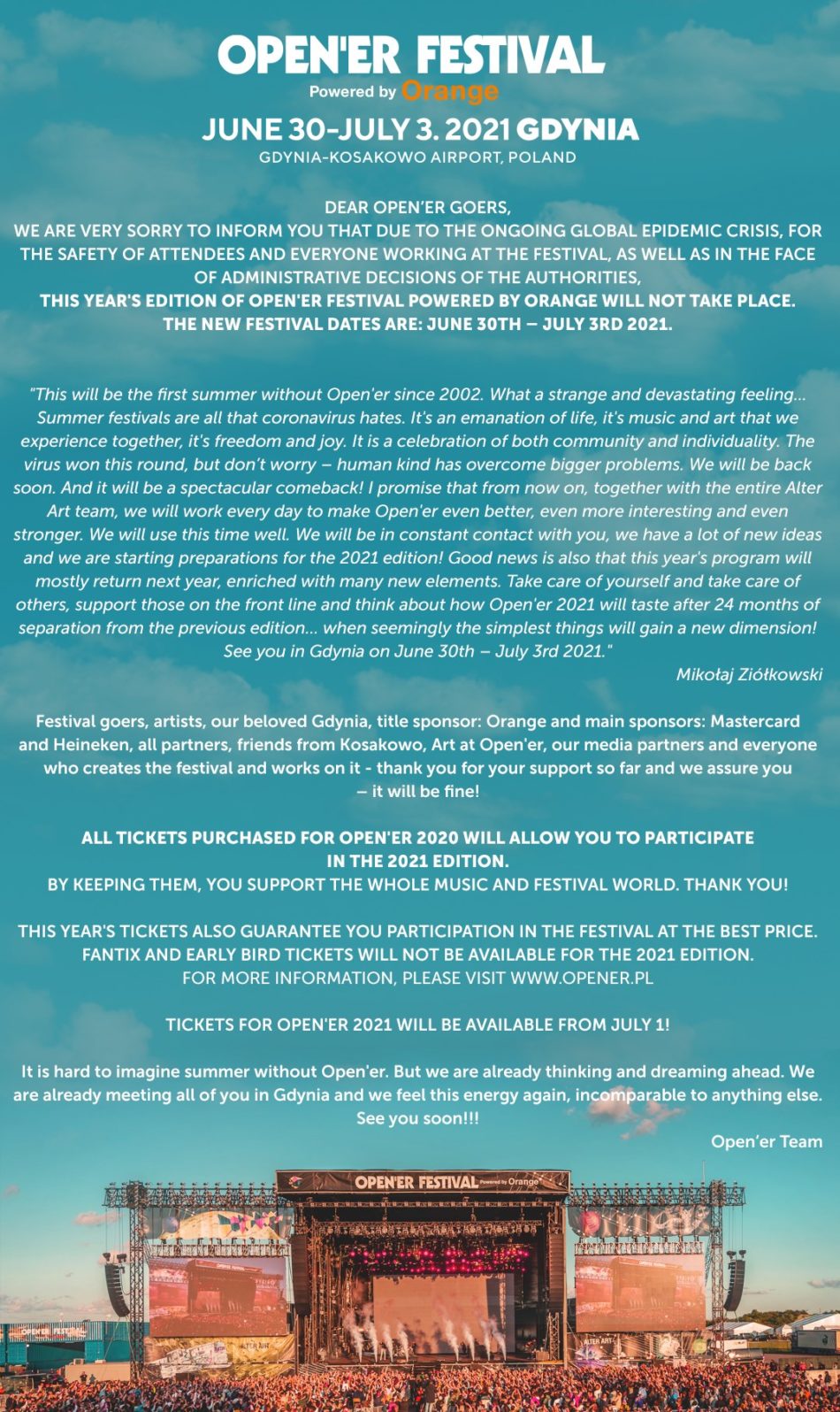 They’re also reminding their fans of the headliners that will perform. That way, fans won’t get discouraged, and they’ll have something to look forward to.
They’re also reminding their fans of the headliners that will perform. That way, fans won’t get discouraged, and they’ll have something to look forward to.
- Become memorable like Electric Forest. It’s a US-based festival with a following of 500k people, and they made it easy for fans to:
- Recognize the event with the art on their Page
- Indicated which hashtags they’re following
- Added information about when they’re open and the amount of traffic they get
Track performance metrics
Staying up to date with your KPIs will help you adjust your strategy and improve results over time. If you run a social media profile as a cultural institution, it’s likely that you have to report the overall performance to someone (e.g. government statistics offices or others). That’s why it’s so important to have reliable data.
You can find performance metrics on every social media platform. However, some of these platforms don’t have flexible date ranges. Instagram Insights only allows you to see 7 days, and it also limits your ability to export the data in a readable way. That makes it harder for you to find out which specific campaign or posts generated hype around your profile.
If you use Sotrender, you will be able to:
- Access (at least) 90 days-worth of historical data
- Track all of your social media profiles in one tab
- Schedule recurring, customized reports.
Let’s break down what some of the most important metrics mean.
Follower growth
Your follower count can be considered a vanity metric, especially since there was a trend of users and businesses buying likes and followers. However, social media platforms are working on deleting any fake accounts that don’t provide any real value. If you have organic follower growth, it means that you’re doing something right and that you’re slowly building a following.
Why keep track of your follower growth? The reason is simple: More and more businesses and institutions are going online. That means you should check if your audience grew and whether there is growing interest in your profile.
What’s more, you’ll be able to see if you’re more popular with certain demographics over time. Try to check in every once in a while to see if you have more followers from specific countries or age demographics and adjust your content to fit what they might find entertaining or helpful.
Engagement
Don’t just rely on your follower count, though. Having a huge following doesn’t mean much if no one is paying attention to you or interacting with your content. You might be appearing at the bottom of their feeds, and they could easily overlook you. This will ultimately damage your business results, and you won’t build a relationship with your followers.
Engagement is a crucial metric. It reflects how many people are passively engaging with you (with likes and reactions) and how many are actively engaged (leaving comments, posting about you using your hashtags, and sharing your posts).
You can analyze engagement in Sotrender in a few ways, such as:
- The Interactivity Index
- User activities
- People Talking About This (PTAT)
- Frequency of interaction
Here’s what the engagement tab overview looks like in the app. Each graph can be downloaded individually, or you can download them in a ready-made report.
Best-performing content
So now that you’ve figured out your fanbase and started interacting with them, it’s time to figure out what type of content you should focus on. You might have noticed that one of your posts generated a lot of engagement, but is there a larger pattern that you can pick up on? Here’s how you can find out.
Go on the content tab, and check your top-performing posts. This saves you time scrolling through your feed because it’ll immediately rank your best posts in a specific period of time. Simply sort the posts by the number of shares, reactions, Interactivity, or another metric to check if you realized your goal with these posts.
Analyze your social media performance
Site traffic
Ideally, your social media profiles should increase your site traffic, and encourage your audience to follow you. One way that you can measure site traffic is with Google Analytics. The metrics that will matter on Google Analytics here include:
- All site traffic as well as monitoring sources and campaigns. This allows you to check which of your social media profiles is redirecting traffic to your site the best. Those that give you less traffic might require improved copy or content. Remember, you don’t have to be present on every social media channel, that’s just overwhelming. Focus on the two or three channels where your audience is mostly on.
- Time spent on-page. You can learn more about how interesting the content is and if your audience is paying attention to it.
- Bounce rate. This shows you how many people clicked away after opening your site. You might have to make adjustments to your theme or content altogether.
We also recommend that you analyze different amounts of time, which could be a weekly basis, monthly basis, or before and after a specific campaign.
Looking for a deeper dive?
Hopefully, you can see how social media can be used to promote your events to a wider audience and make the experience accessible to more people. Are you managing your social media regularly? If not, it’s never too late to start.
We know that you and your institution are in a tough spot at the moment, so we’ll give you a helping hand. If the price is the only obstacle, we can alleviate that. If you’re a museum or other cultural institution, you can contact Sotrender’s Sales Team and get a 30% discount on all of our packages.
